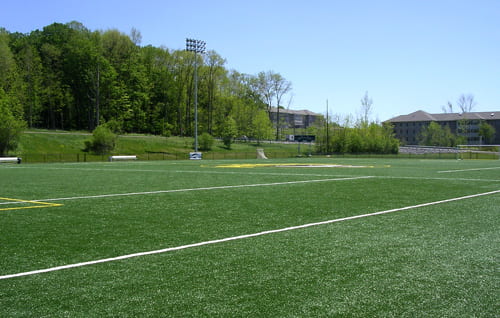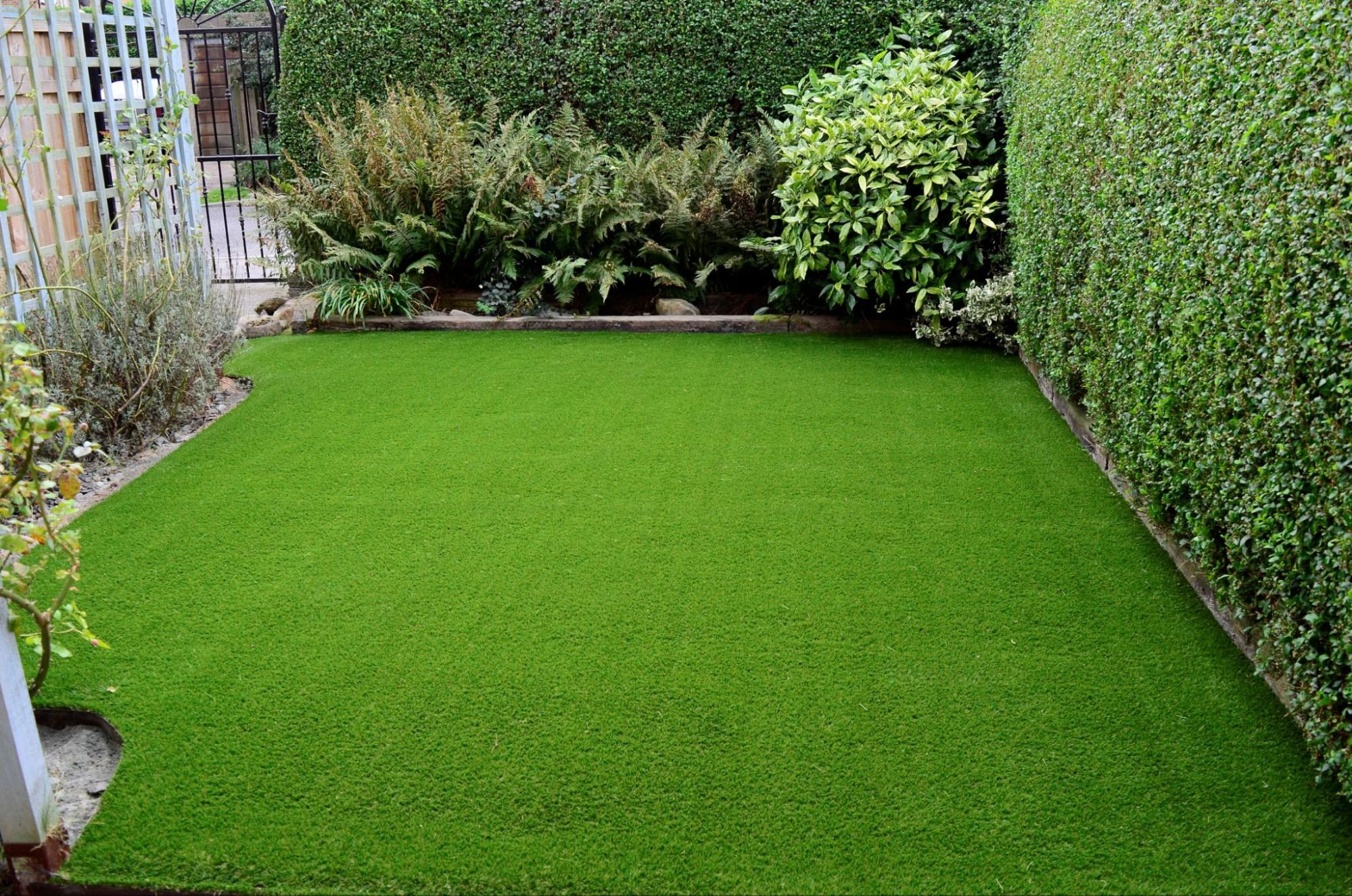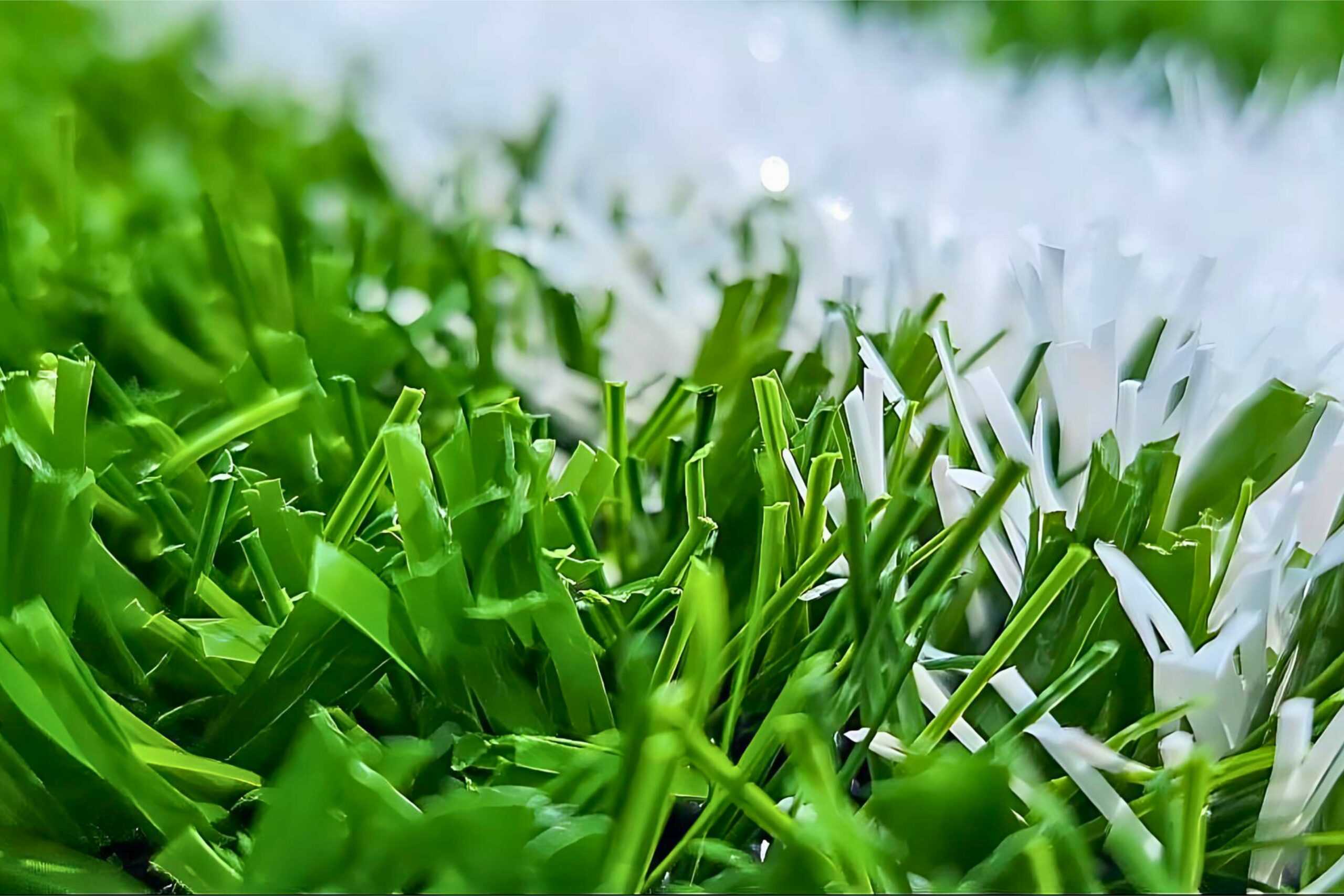See Why Homeowners Prefer Artificial Turf for Lasting Landscaping Practices
As home owners increasingly prioritize sustainability in landscaping, man-made lawn has emerged as an engaging option to standard lawn. What stays to be discovered is the full extent of advantages that man-made turf can provide to home owners and the environment alike.
Water Conservation Benefits
Among the most substantial benefits of synthetic grass is its role in water preservation. Conventional grass yards need considerable amounts of water to preserve their lavish appearance, frequently bring about overuse of local water sources, particularly in deserts. In contrast, artificial turf removes this demand entirely, as it does not require watering. This not only preserves water however additionally reduces the stress on municipal water systems, particularly throughout dry spell problems.
Moreover, the installment of synthetic grass can contribute to a much more sustainable landscape. Homeowners can significantly lower their water costs, permitting for reallocation of sources to various other ecological efforts or house uses. Furthermore, synthetic grass is designed to endure numerous climatic problems without the demand for supplemental watering, making it an ideal selection for areas encountering water shortage.
The environmental advantages expand past instant water financial savings. By minimizing water intake, man-made grass aids to alleviate the influences of environment adjustment, protecting vital ecosystems that are intimidated by too much water removal. As sustainable landscaping practices get grip, synthetic grass becomes an accountable choice for house owners seeking to develop eco-friendly exterior areas.
Decreased Maintenance Initiatives
Synthetic turf considerably decreases maintenance efforts compared to traditional yard lawns. With man-made turf, home owners can get rid of the lengthy jobs related to natural landscaping, such as mowing, fertilizing, and weeding. This not just saves valuable time but also minimizes physical labor, making lawn care accessible for individuals of every ages.
Traditional lawns need regular trimming to preserve a visually pleasing height, whereas man-made grass continues to be continually lush without the requirement for reducing. In addition, homeowners no much longer need to use pesticides or fertilizers, which are frequently required to maintain all-natural lawn healthy.
Furthermore, fabricated grass is resilient and durable, calling for minimal maintenance beyond periodic brushing and washing to eliminate debris. This ease of maintenance enables homeowners to enjoy their outdoor spaces without the constant fear of maintenance, supplying more time for leisure and family activities. Ultimately, the decreased maintenance efforts related to synthetic grass make it an appealing alternative for those looking for a low-maintenance, aesthetically appealing landscape.

Ecological Impact Decrease
There is an expanding recognition of the ecological advantages linked with synthetic grass, specifically in terms of water preservation and decreased chemical usage. Traditional lawns require considerable amounts of water, particularly in drought-prone regions, bring about enhanced pressure on local water sources. In comparison, artificial lawn gets rid of the demand for watering, considerably lowering water usage and advertising sustainability.
In addition, traditional lawn maintenance typically includes the application of plant foods, chemicals, and herbicides, which can add to soil and water pollution. Artificial turf alleviates this environmental hazard by calling for minimal upkeep and practically removing the need for damaging chemicals. This not just enhances dirt health and wellness however likewise safeguards regional communities from hazardous overflow.
Furthermore, the production of all-natural lawn yards generally includes using fossil fuels for mowing and landscaping tools, additional adding to greenhouse gas emissions. By selecting synthetic grass, house owners can substantially decrease their carbon footprint linked with grass care tasks.
Visual Charm and Versatility
Along with its environmental advantages, fabricated grass offers considerable aesthetic charm and adaptability for landscape design. Home owners can achieve a lush, green appearance click to find out more year-round, getting rid of the seasonal fluctuations frequently connected with all-natural grass. This consistent visual not only improves the visual allure of a home however additionally adds to a well-kept and refined appearance.
Furthermore, artificial grass is readily available in a selection of colors, textures, and styles, enabling for personalization to suit private preferences and layout styles - Arizona turf. Whether used in household yards, business rooms, or leisure locations, it can effortlessly integrate into varied landscape design styles, from contemporary minimalist to lush tropical settings
The flexibility of fabricated turf expands past simple look; it can be set up in numerous areas, including rooftops, outdoor patios, and also interior spaces, creating possibilities for one-of-a-kind landscaping solutions. Additionally, it appropriates for a variety of activities, from kids's backyard to pet-friendly atmospheres, providing functionality without compromising design.
Ultimately, the aesthetic charm and convenience of synthetic lawn make it an eye-catching alternative for property owners seeking lasting landscape design options that do not give up elegance for ecological duty.

Long-Term Cost Cost Savings
Among one of the most compelling advantages of artificial turf is its potential for lasting expense savings. Unlike all-natural turf, which requires regular upkeep-- including mowing, watering, fertilizing, and bug control-- synthetic grass substantially minimizes these ongoing costs. Homeowners can save a substantial amount on water expenses, particularly in regions where water deficiency is a pushing problem. The removal of yard care solutions further contributes to economic savings, as there is no requirement for specialized equipment or labor.
Additionally, fabricated turf has a lifespan of 15 to 25 years, relying on its high quality and usage. This toughness decreases replacement costs, making it a much more economical option in the future. Furthermore, the preliminary investment in synthetic grass can often be recouped with the savings accrued with time.
While the in advance price might appear greater compared to sod setup, you could try these out the cumulative financial savings from lowered upkeep and water use typically surpass these preliminary expenses. Inevitably, the fostering of artificial turf not only promotes a sustainable landscape design option yet additionally supplies house owners an economically savvy alternative that aligns with long-term budgeting objectives.
Verdict
Artificial lawn emerges as a compelling option for lasting landscaping, offering substantial benefits in water preservation, decreased upkeep efforts, and reduced environmental impact. As neighborhoods increasingly focus on environmentally pleasant methods, the fostering of artificial turf stands for a progressive action towards attaining resilient and lasting landscapes.
Furthermore, artificial turf is developed to endure different weather conditions without the requirement for supplementary watering, making it a perfect selection for regions facing water scarcity. (Phoenix turf companies)

Fabricated lawn emerges as an engaging choice for sustainable landscaping, supplying substantial advantages in water preservation, minimized upkeep efforts, and reduced ecological effect.